CyberSOC CTF Challenge
TheThe CyberSOC challenge is a quite interesting test of patience, perseverance, and the stock ability to think , The challenge claims a link is hidden in the provided image, a link to which the challenge will be started.

My initial thought was “Security by Obscurity” which led me to believe certain information was hidden in the image either in metadata or hidden in bits of unused data of the image file.
So therefore i tried extracting metadata using Exiftool, and Checking for hidden data using Steg-analysis tools like Steghide and Stegoveritas …All to no Avail
Paying a little attention the image, we notice a Join🛡️.ws , The Shield emoji is similar to Cybersoc logo, so i initially started by substituting the “Shield emoji” for “Cybersoc”
Below is the list of domains i tried
joincybersoc.ws joincs.ws joincybersocafrica.ws join.cybersoc.ws
amongst several others domain iterations,
after several minutes i paid attention to the .ws landing page and noticed the Register Your .WS Domain 🙂.ws as in the image below
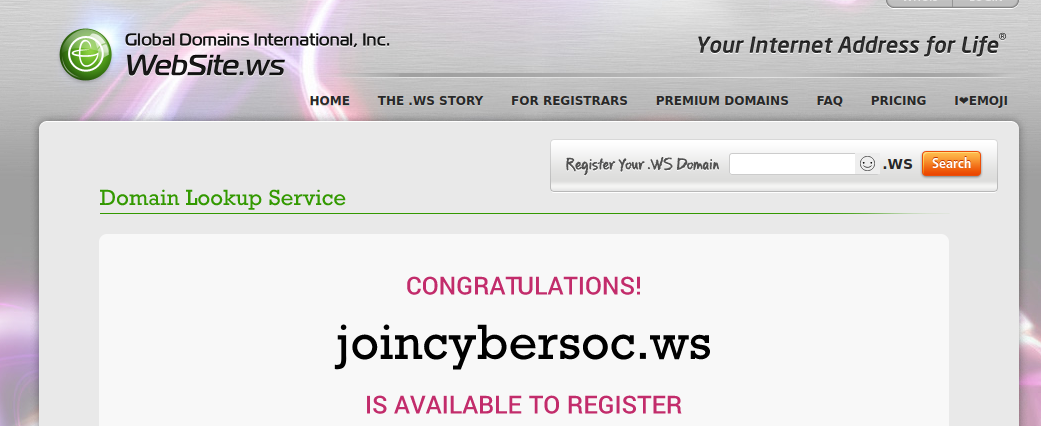
I immediately did a quick research and found informations related to emoji Domains which converts an emoji to punnycode and subtitute the converted character for a domain name
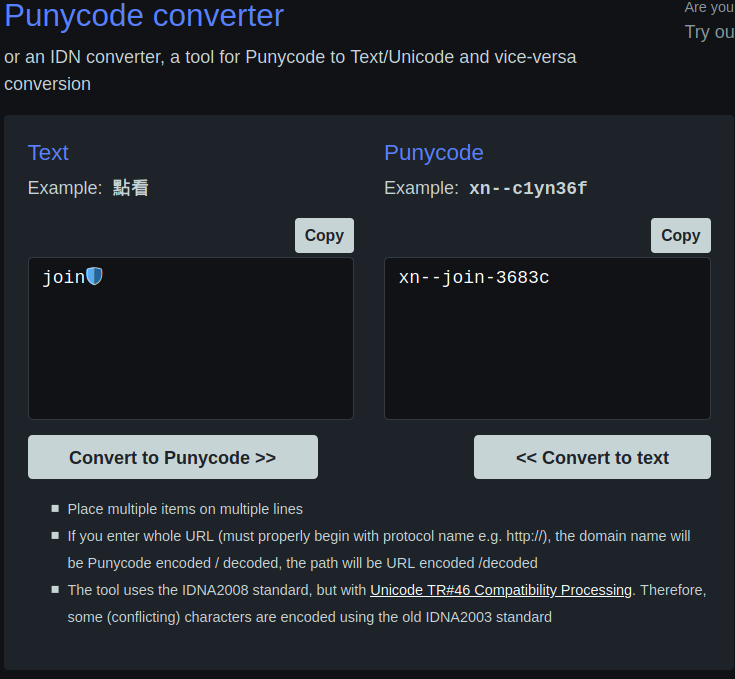
Heading to xn- join-3683c.ws
We are greeted to begin with the CTF challenge
Challenge 1
The question asks, What you see ?, which implies we aren’t seeing what we ought to see Getting curious i dragged the mouse around and figured what the flag was
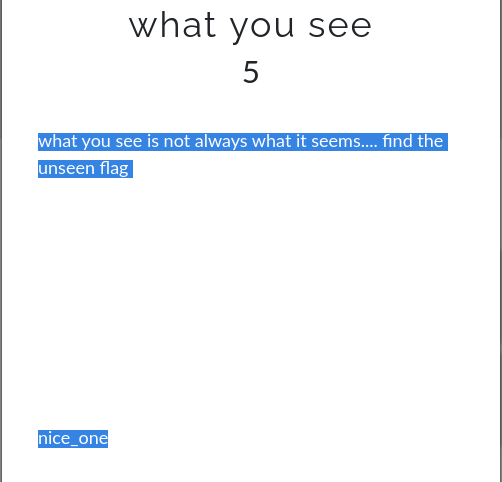
Challenge 2
Zero is more than nothing : and we are provided with binary numbers
01111001 01101111 01110101 01110100 01101000 01101001 01101110 01101011 01111001 01101111 01110101 01110011 01101101 01100001 01110010 01110100
A quick Search of Binary decoder give’s several options which inturn leads to an anwser
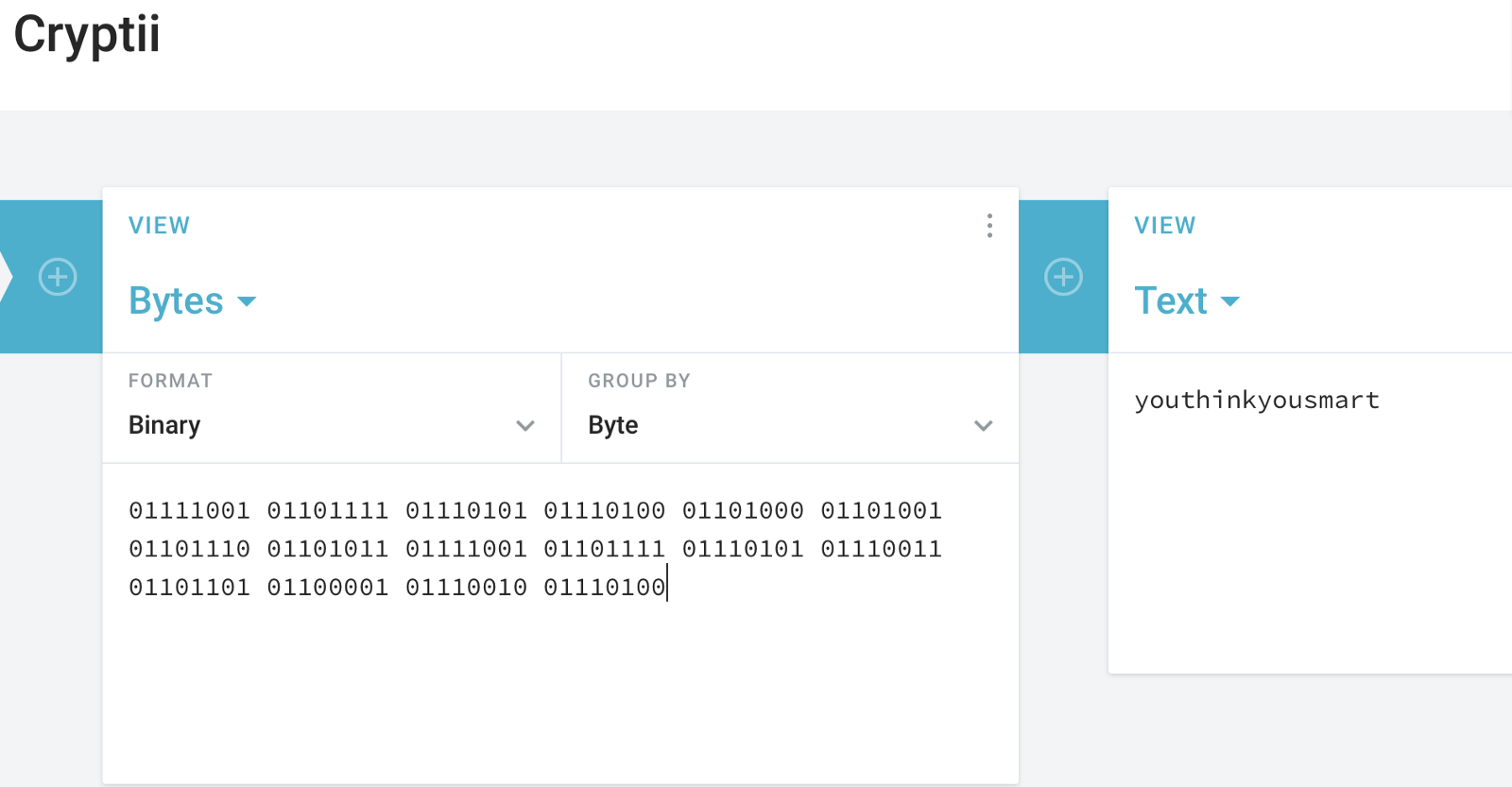
Challenge 3
if a flag is more than just cloth and ink, What else could it be ?

Asked to crack a code and all we were given are flags, So most definitely we need text characters from the flags.
Seeing flags i immediately knew we were dealing with a alpha-2 codes
which are two-letter country codes defined as part of the ISO 3166 standard published by the International Organization for Standardization (ISO), to represent countries, dependent territories, and special areas of geographical interest.
An example of alpha 2 code below
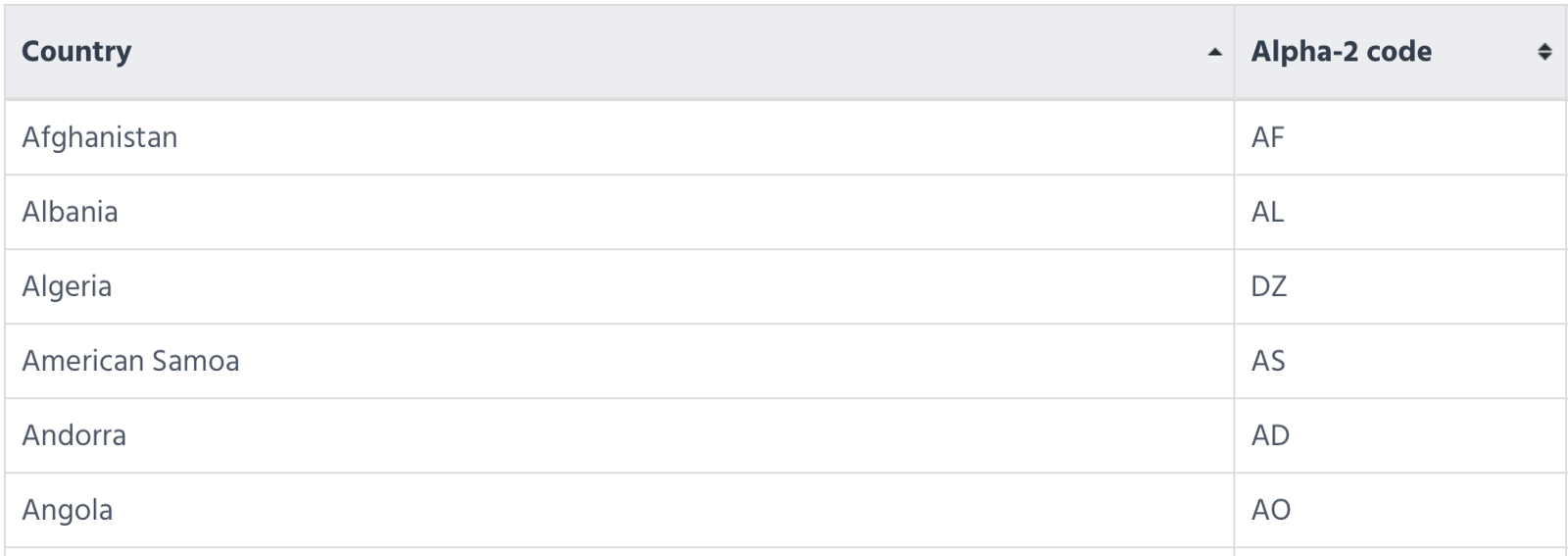
So substituting our flags for the alpah2code equivalent should give us our flag, but one solution leads to another problem How can we identify the nationality of the flags?, All i did was crop out each individual flag and did google reverse image search to figure out the Country the flag belonged to
Challenge 4
Download and run “run.exe”
Well curiosity kills, most people would definitely click a link that says Don’t click me which led me to be quite wary of what an executable with the name “run” does ,
Needed to be sure of the app’s content and what it intends to do, so simple reverse engineering with the strings run.exe reveal a hidden flag.
Easy right ?
Challenge 5
Geolocation
Provided with a picture and the sole aim of figuring where the photograph was taken, i had little experience from working as an amnesty international decoder
Amnesty Decoders is a global network of digital volunteers, all using their computers or phone to help Amnesty’s researchers sort through pictures, documents and information and track and expose human rights violations
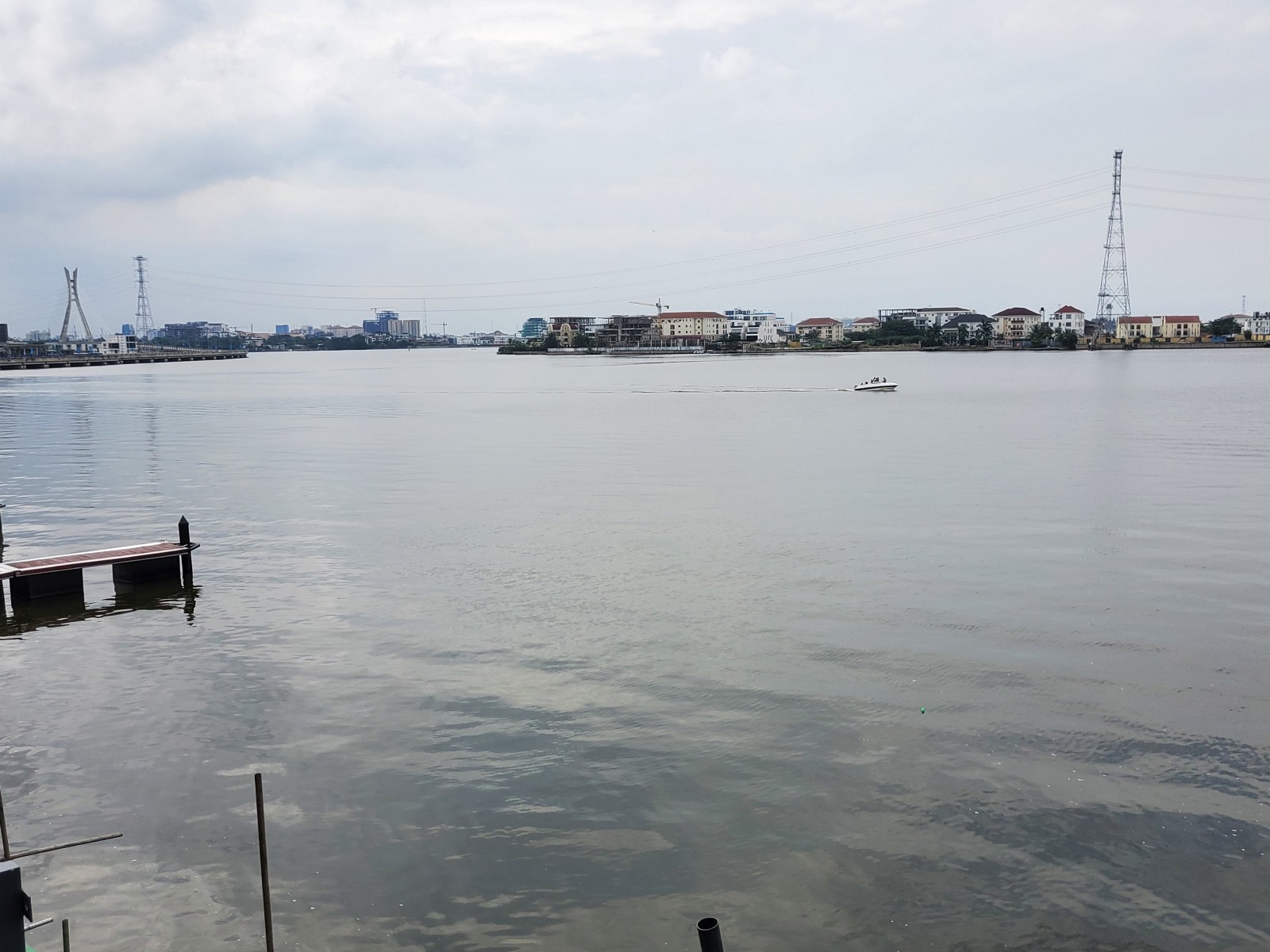
After messing around with reverse image searches with no results , Paying more attention i noticed a quite popular Landmark to the far left The Ikoyi Link Bridge , Two Power line’s , and what seems to be like a dock for boats
So ignoring the regular directional map and utilizing the rich satellite imagery we come up with a obvious flag
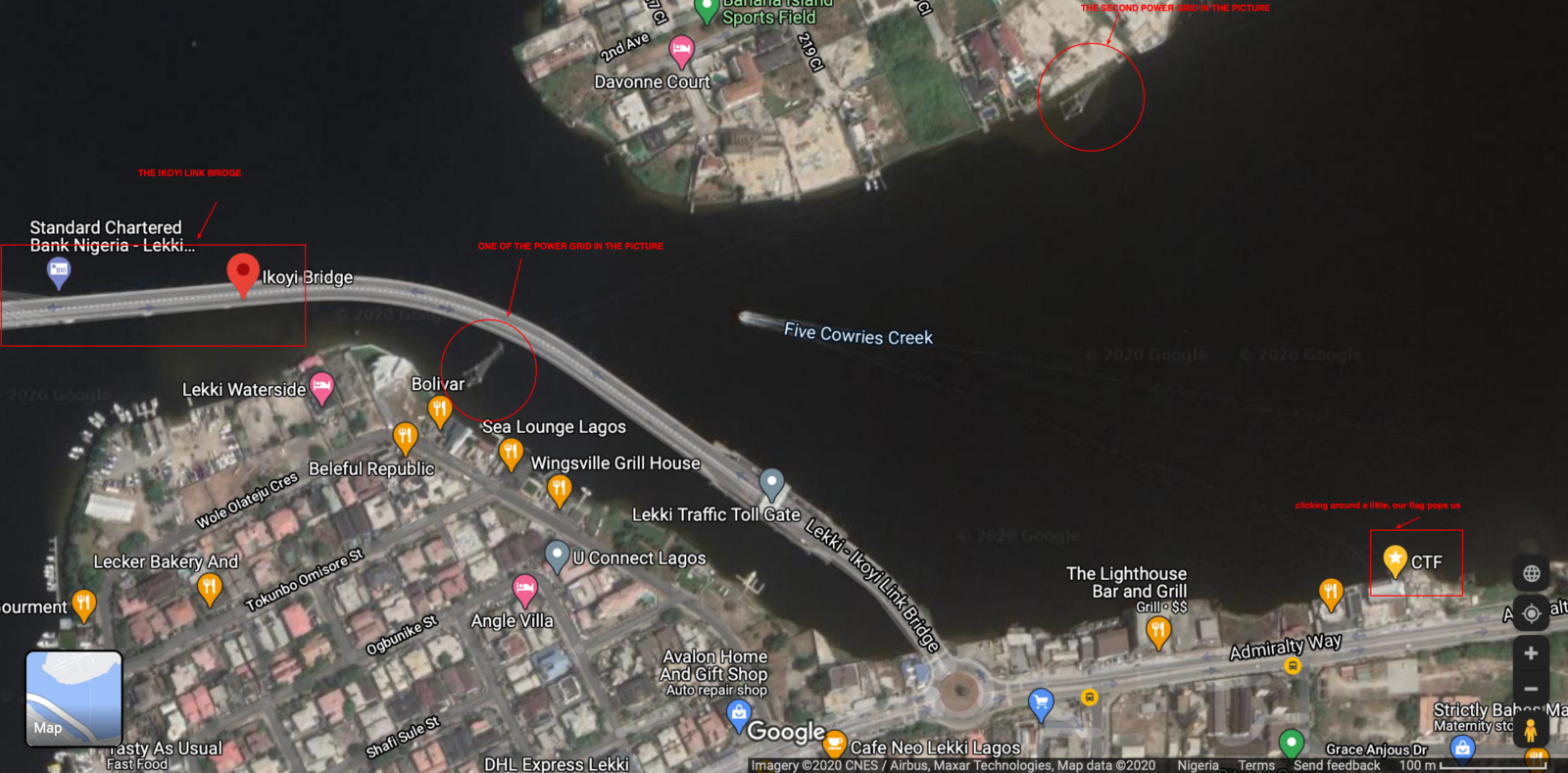
Challenge 6
Satellite Point Of View was a straight forward test of sight - lol
The challenge was about Picking out glarings structural buildings that had similarities to characters in the English alphabet
Each “Datum Point” has a single character of it’s own and the addition of all datum point is the flag
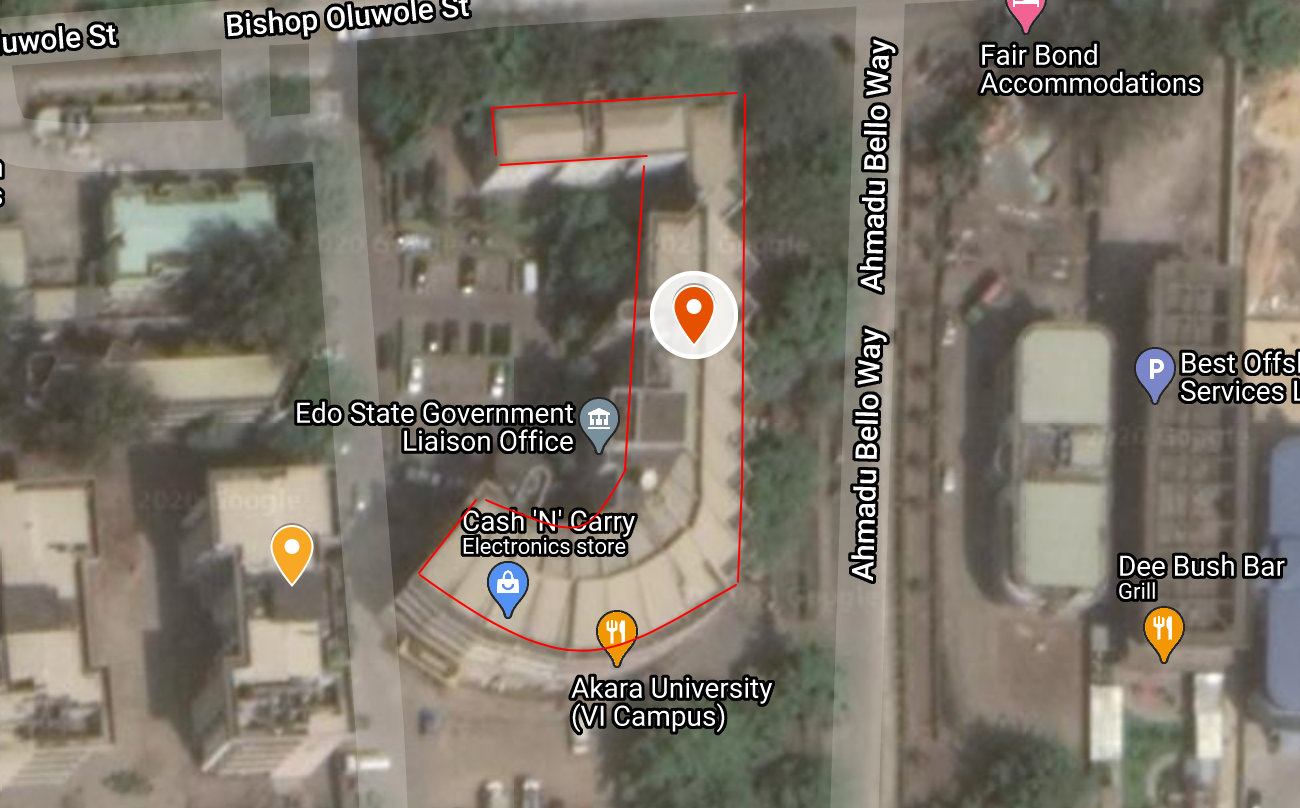
Challenge 7
when the “geolocation” image was captured?
Metadata summarizes basic information about data, and stores that information in unused bits in the file
ExifTool is a free and open-source software program for reading, writing, and manipulating image, audio, video, and PDF metadata
Running exiftools on the picture reveals
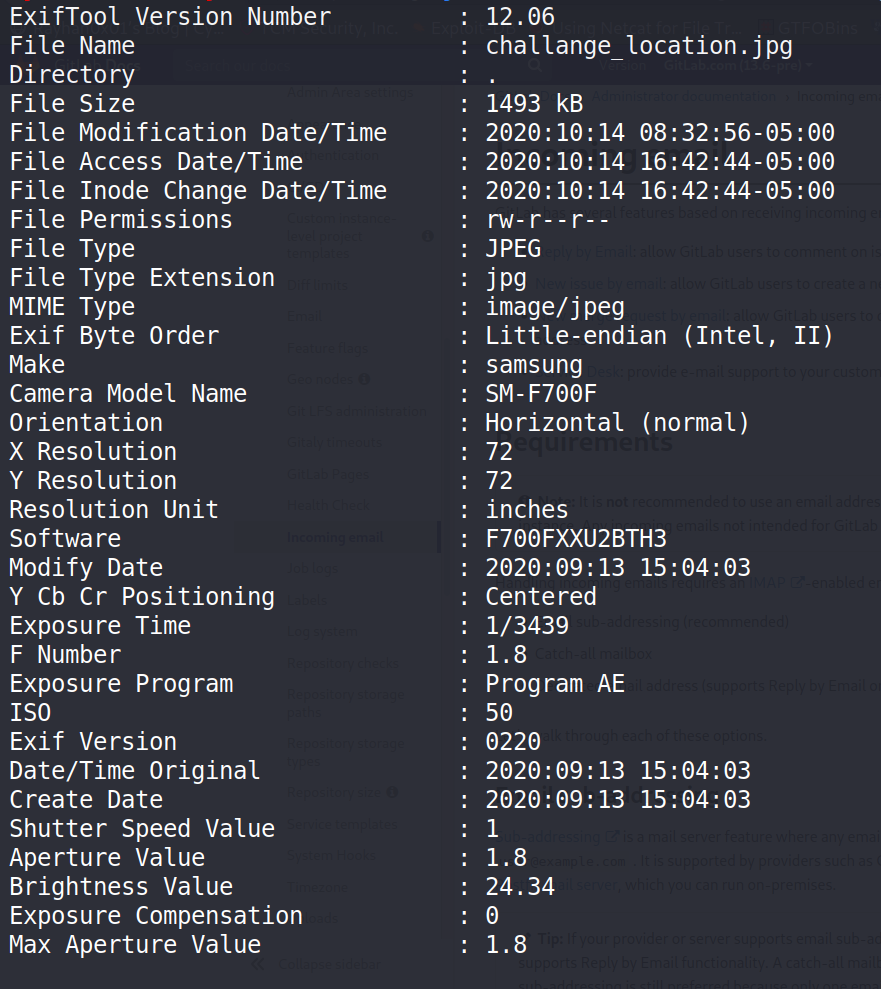
Clearly we can see When the picture was taken
Challenge 8
which device was used to capture the image? A quick search of SM-F700F reveals the flag

Congratulations on completion of the challenge and remember
The difference between a noob and a hacker is that a hacker has failed more than a noob has ever tried